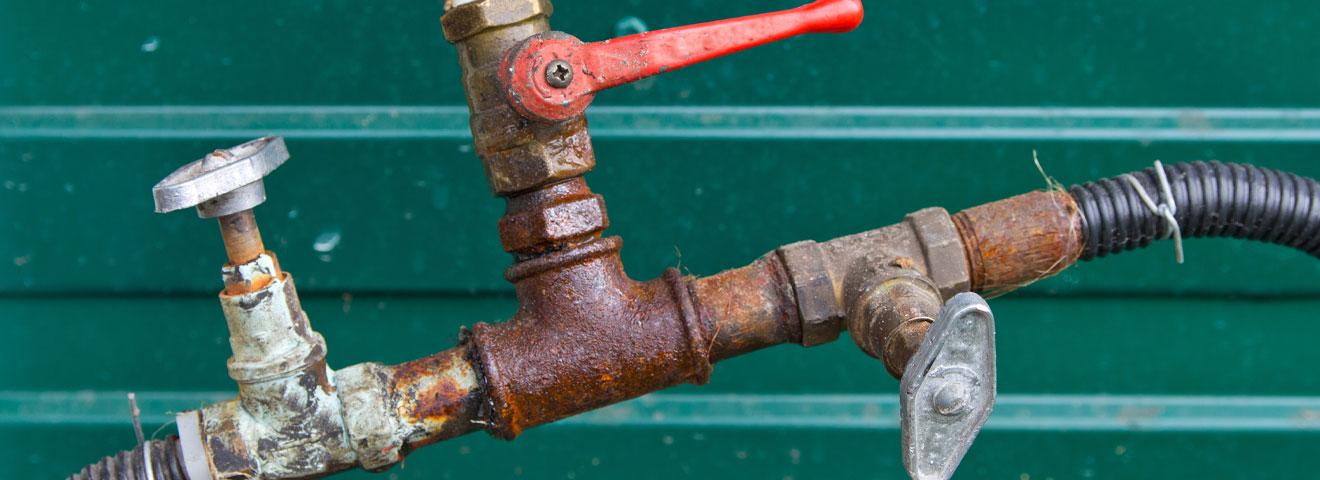
While it’s the most wonderful time of the year, it could quickly turn into a disaster if you haven’t winterized your home!
Before you deck the halls, take a look at your pipes and other fixtures to make sure you’re ready for winter weather.
Here are 10 ways you can winterize and prepare your home for the cold:
- Protect your pipes. This is very important. To avoid burst pipes, you must protect them, insulate them, and plan ahead. Consider using foam pieces to keep pipes insulated and opening cabinet doors under the sink to allow warm air to enter.
- Detach your hose and store it away for the winter.
- Clean your gutters. Remove any debris, dirt, and leaves so your gutters can flow freely. You also want to make sure you don’t create any ice dams so clear away excess ice and snow.
- Clear your yard. This is especially important if you have large trees, branches, or other vegetation around your home. Heavy rains and snow can weaken branches which leads to breakage and the risk of damage to your home, property, or vehicle and it also has the potential to cause bodily harm.
- Check the temperature inside your home. You want to heat your house to at least 65 degrees Fahrenheit for comfort and to keep your pipes warm so they don’t freeze over.
- Get a furnace checkup. When the temperatures really start to drop, you don’t want to be left without heat. Get it checked now to avoid a problem down the road.
- Seal cracks. Do you notice a draft in your home? That could be due to poorly sealed windows and doors. Seal cracks and replace the weather stripping around your doors to ensure cold air doesn’t seep into your home. It’s also a good idea to check unused areas of your home like basements, attics, or rooms that do not get used frequently.
- Clear your driveway. Always keep some ice melt on hand to avoid ice and potential fall risks.
- Inspect the exterior of your home. Look out for any cracks, damaged areas, or exposed plumbing. Check the roof to ensure it is healthy enough to handle the snow.
- Familiarize yourself with the emergency shut off valve. Let’s say you’re in a tough situation where you need to shut off your water ASAP but you don’t know where it is. Every second that goes by, the damage or situation just gets worse. Know exactly where your water shutoff valve is to avoid disaster.
Protect Your Pipes This Winter
Stay proactive and avoid burst pipes by protecting your pipes and plumbing this winter. And should disaster strike, help is only a phone call away. Contact the professional plumbers at Benjamin Franklin Plumbing of Pleasantville.
